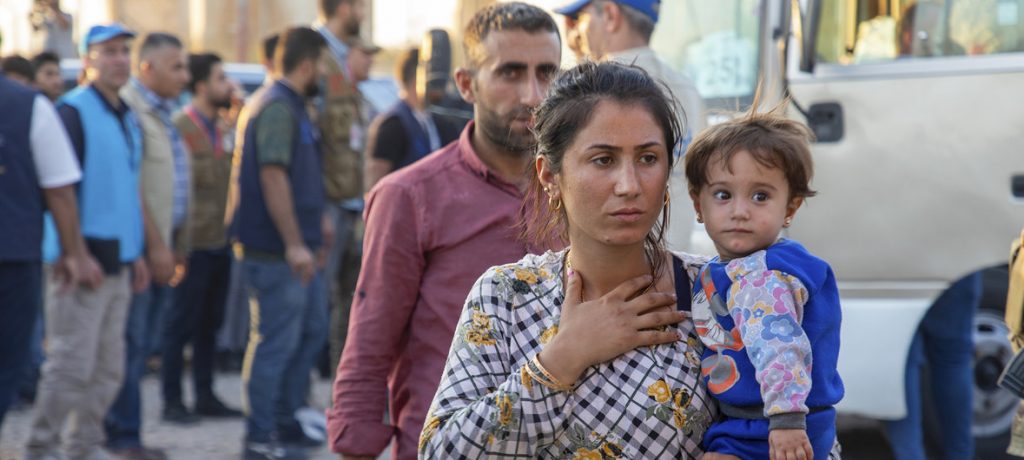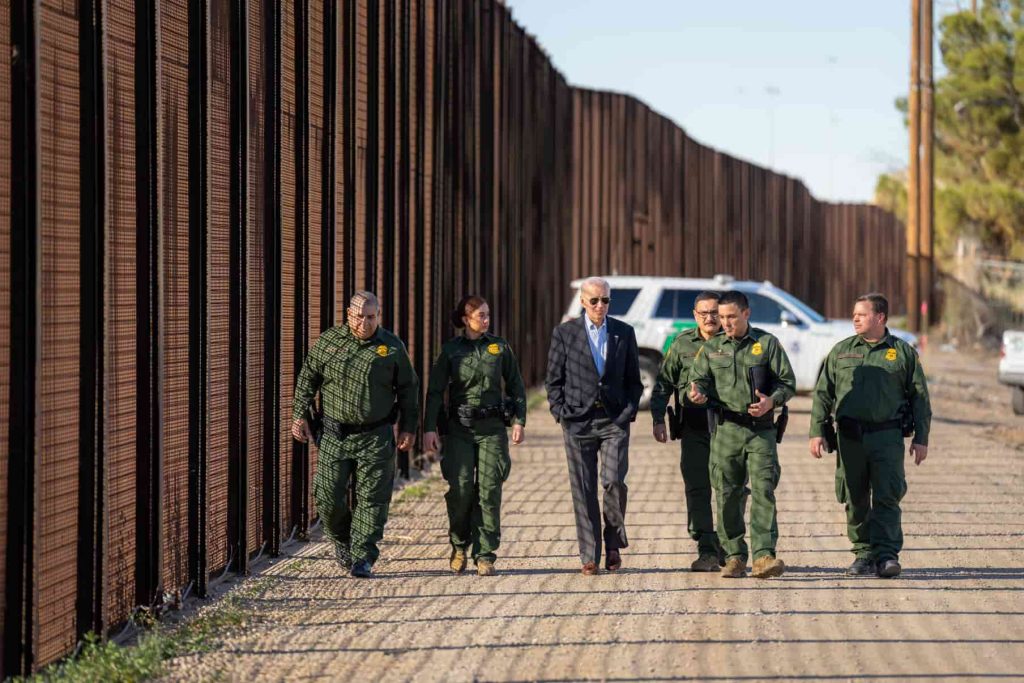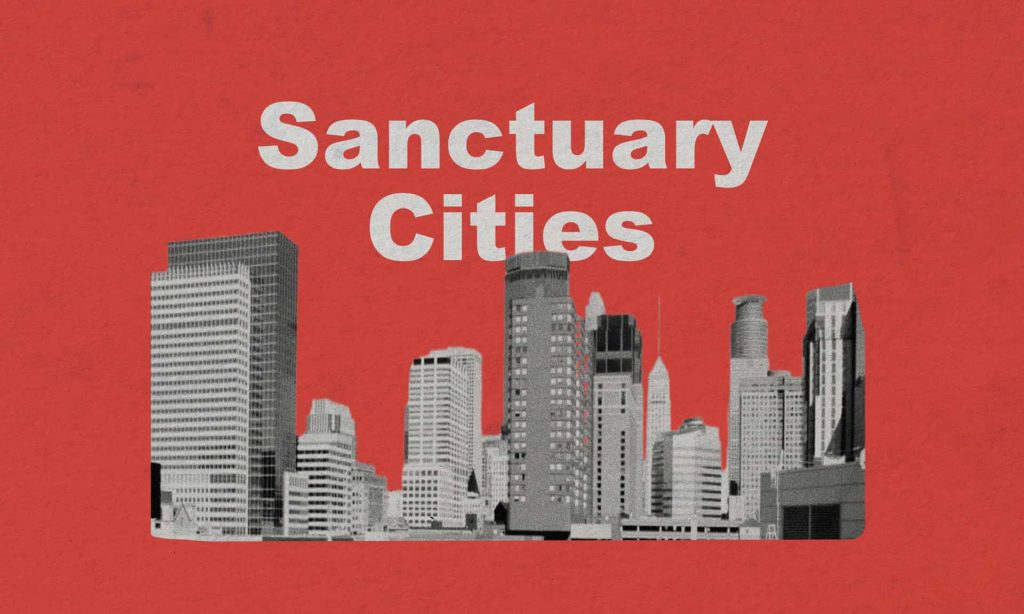Salvation of subterfuge? Since 1979, Sanctuary Cities have become the hot political potato — are they migrant safe havens or is there a hidden truth?
Have you ever received a parking ticket? Most are undoubtedly familiar with this feeling of intense frustration at the sight of a small fine tucked at the base of their windshield.
However, what if a minor parking ticket posed the threat of a much larger consequence? What if it meant your children would be taken out of school? What if it meant you and your family could be deported? This is the reality for thousands of illegal immigrant families living in North America.
If you are a student of Urban Geography or Public Policy, you are undoubtedly familiar with the term ‘sanctuary city’. The concept, first coined in the 1980s, is now a common feature of often heated political debate about immigration and refugee policies, particularly in North America.
Debunking Myths: The True Nature of Sanctuary Cities
Preconceived notions of sanctuary cities typically vary depending on political alignment. On the right, sanctuary cities are painted as anarchical urban centres where laws are defiantly flouted; on the left, they are more likely to be seen as safe havens for marginalised and vulnerable minorities.
In truth, neither of these descriptions is fully accurate. In the midst of such controversy, it is important to be clear about what a sanctuary city is and what it actually does.
Understanding Sanctuary Cities: More Than Just a Name
The term ‘sanctuary city’ refers to a municipal jurisdiction that limits its cooperation with federal immigration enforcement against illegal immigrants.
Sanctuary cities designate themselves as such in order to provide access to municipal services to people who are non-status “undocumented” migrants, who might otherwise avoid any interaction for fear of detection and deportation under federal immigration laws.
In sanctuary cities in Canada and the US, municipal programs and services are delivered in such a way as to create a safe environment for non-status migrants.
The Importance of Sanctuary Cities for Non-Status Migrants
Non-status migrants are a particularly vulnerable population and often live fearing detection and deportation at every step of their daily lives. Their precarious status regularly causes families to avoid interactions that could potentially expose their undocumented status.

This consequently leads to families losing police protection and services, healthcare facilities, public health programs, social services, public facilities and schooling, with wide implications for themselves and their children, and for the wider society in the city.
Something as simple as a speeding ticket or a school breakfast program can cause immense stress. Sanctuary cities effectively remove themselves from the enforcement of immigration laws by drawing a hard line between federal (and state/provincial) law enforcement and the delivery of municipal services.
Sanctuary Cities vs. Non-Sanctuary Cities: The Key Differences
In non-sanctuary cities in Canada and the USA, when municipal officials or police become aware of the identity of non-status migrants, they may be compelled by federal immigration law to report this to federal authorities, who may detain and deport the migrants.
In a sanctuary city, policies usually direct police and other city officials to not inquire about immigration status, not deny any services based on immigration status, and not share personal or identifying information with federal authorities unless expressly required to under the law.
Why Do Cities Choose to Become Sanctuary Cities?
These examples explain the process but do not answer the question of why a city may choose to designate itself as a sanctuary city. Is it a question of compassion and mercy? What is in it for the city? Are there penalties for ignoring federal law?
The answers are complex. The concept of the sanctuary city has both symbolic and practical meanings. In human rights terms, sanctuary cities are an expression of values of openness to diversity and equality, fair treatment of all residents and equal opportunity and access to services.
As a political statement, the concept of the sanctuary city has been particularly contentious in the US during the Trump administration, when tough immigration policy became a defining feature of the federal government.
Chief among the examples was the use of Title 42 along the Arizona-USA border. The Trump administration used this code to deport immigrants who crossed the border illegally, effectively denying the right of asylum seekers to a hearing or due process. Thus, sanctuary cities became a powerful countervailing political statement.

Sanctuary Cities as a Practical Policy
As a practical policy, cities, particularly large ones with multicultural and multiethnic populations, see the quality of life of the city as a whole as a function of the well-being of all communities within its boundaries. If non-status migrants are effectively denied basic services, the city as a whole suffers.
The problems of crime, low educational attainment, limited healthcare, and social isolation create an environment of profound inequity and social instability.
For municipal governments, the designation of a sanctuary city sends a signal to all residents that they are safe when accessing municipal services. This reduces the invisibility of a population and allows for better policy outcomes across the urban space.
Do Sanctuary Cities Work?
A good question to ask is, do sanctuary cities actually work? Research comparing social measures in sanctuary cities and non-sanctuary cities is inconclusive.
While one 2015 study in the US highlighted that sanctuary cities experienced 15% less crime than non-sanctuary cities, other studies are less conclusive.
However, the issue at the core of the debate around sanctuary cities is clear: should cities be forced to support federal immigration law enforcement even at the cost of their own local social and economic well-being?
The Consequences of Becoming a Sanctuary City
The decision to become a sanctuary city is not an easy one. There may be consequences for ignoring federal immigration laws in the delivery of local services.

In Canada, the Canada Border Services Agency enforces immigration laws throughout the country, including in sanctuary cities. However, Canadian sanctuary cities offer the explicit commitment to not inquire about or reference immigration status when delivering municipal services.
Immigrant advocacy groups argue that this is not enough, with police services in particular effectively denied to marginalized and often racialized populations.
In the US, the sanctuary city has taken on a more politically and legally defiant tone. In 2017, President Donald Trump signed an executive order that allowed both federal and state governments to withhold funding from sanctuary cities. This underlined the financial stakes of this political show-down.
The Current State of Sanctuary Cities
In 2021, there were only three official sanctuary cities in Canada: Toronto, Hamilton and London. Many other cities have debated the idea and others, including Edmonton and Vancouver, have adopted the less contentious hybrid “access without fear” designation.
In the US, according to the Center for Immigration Studies, more than 150 counties and cities have some ‘sanctuary’ measures in place.
While the concept of a sanctuary city will continue to be hotly debated in municipal politics, its precise meaning and powers remain murky and controversial. However, as cities become ever-more global and multicultural, ensuring protection for citizens is as important as ever.




















